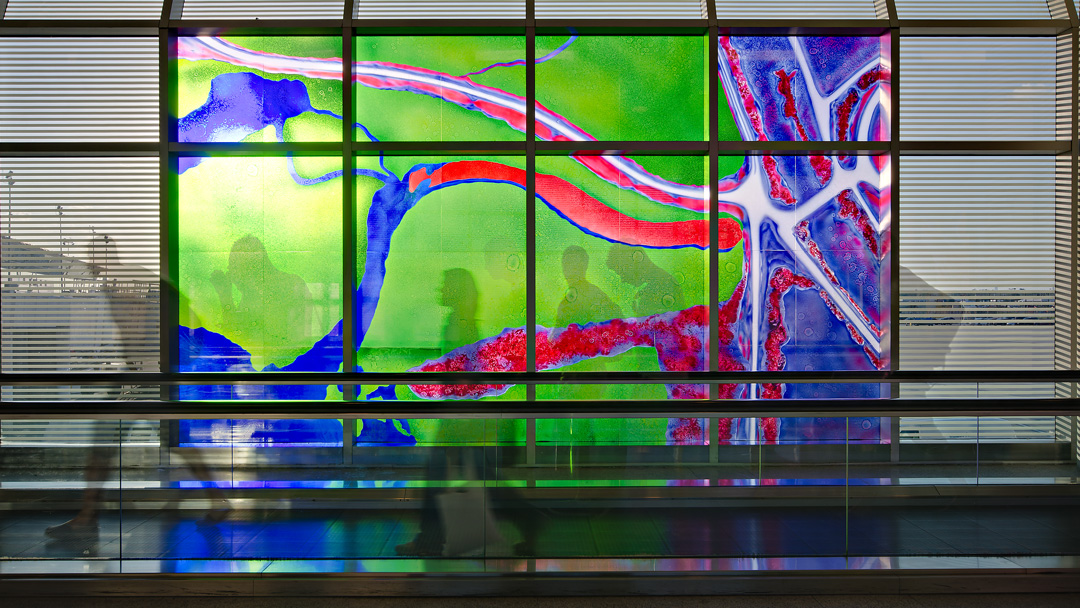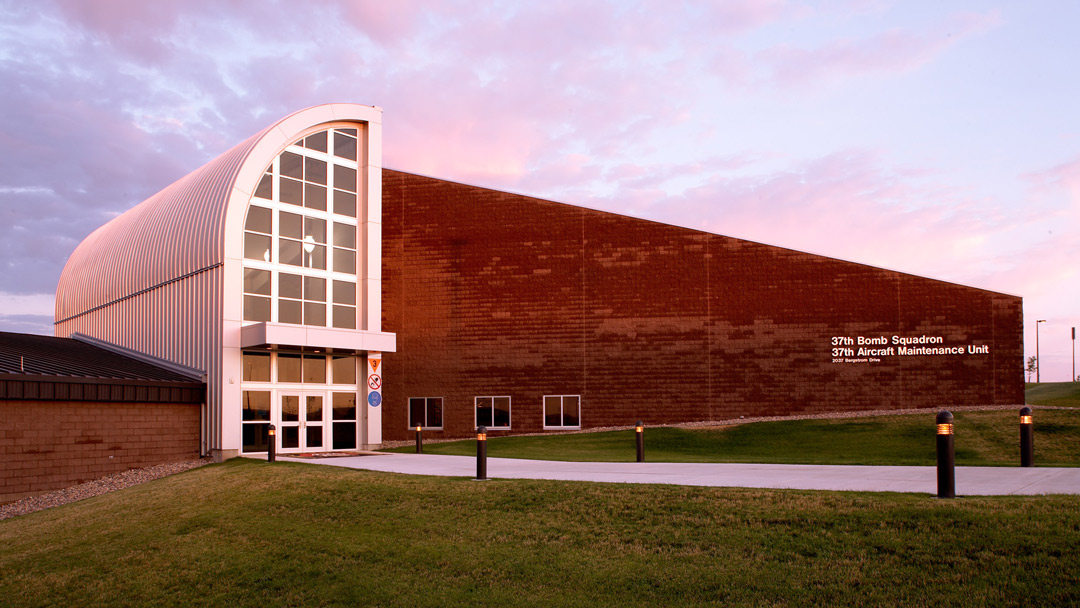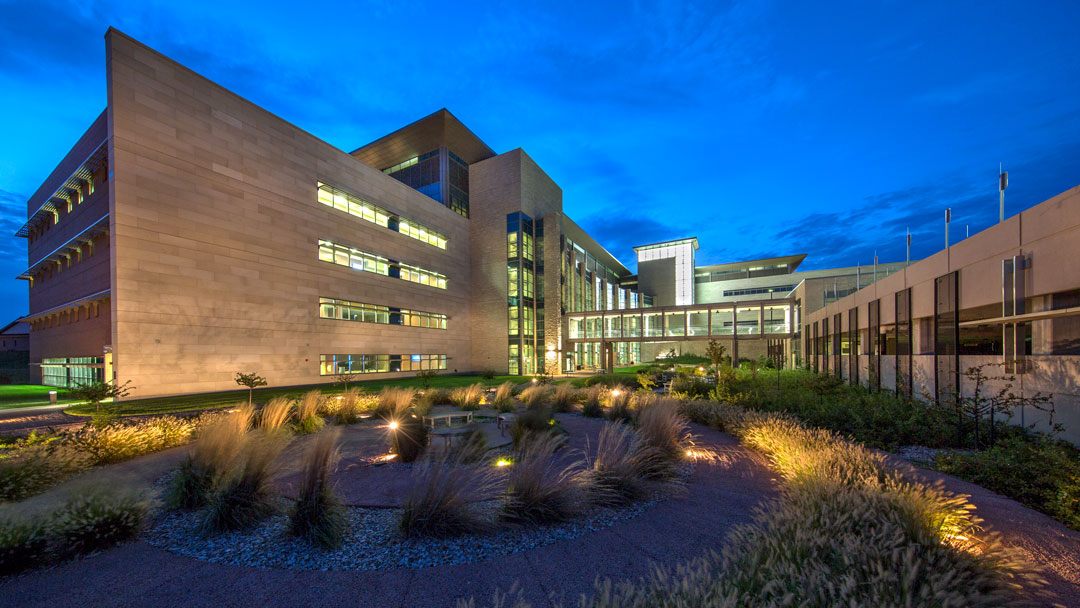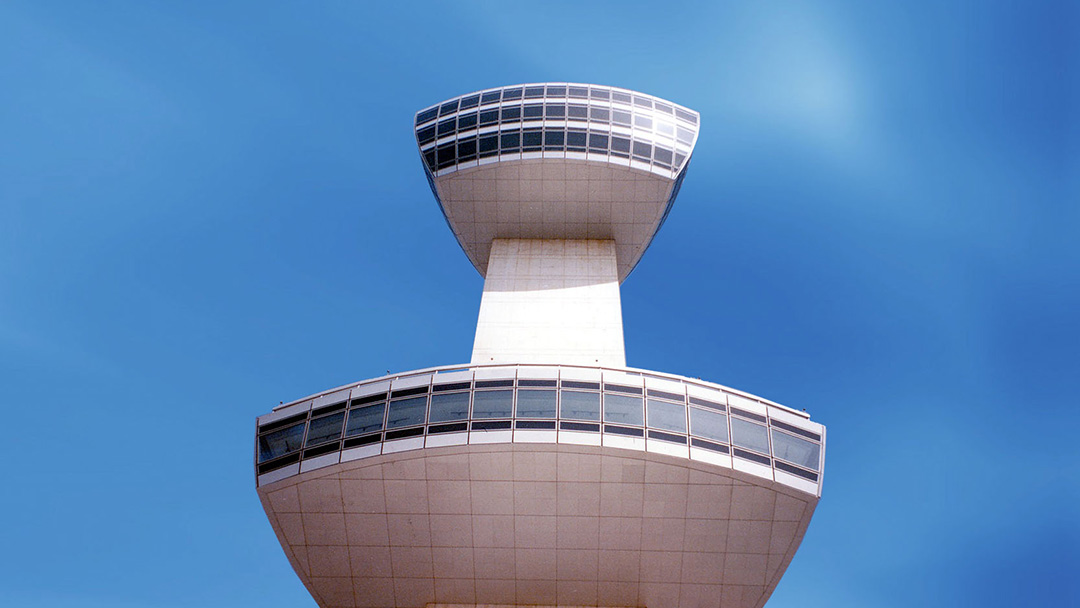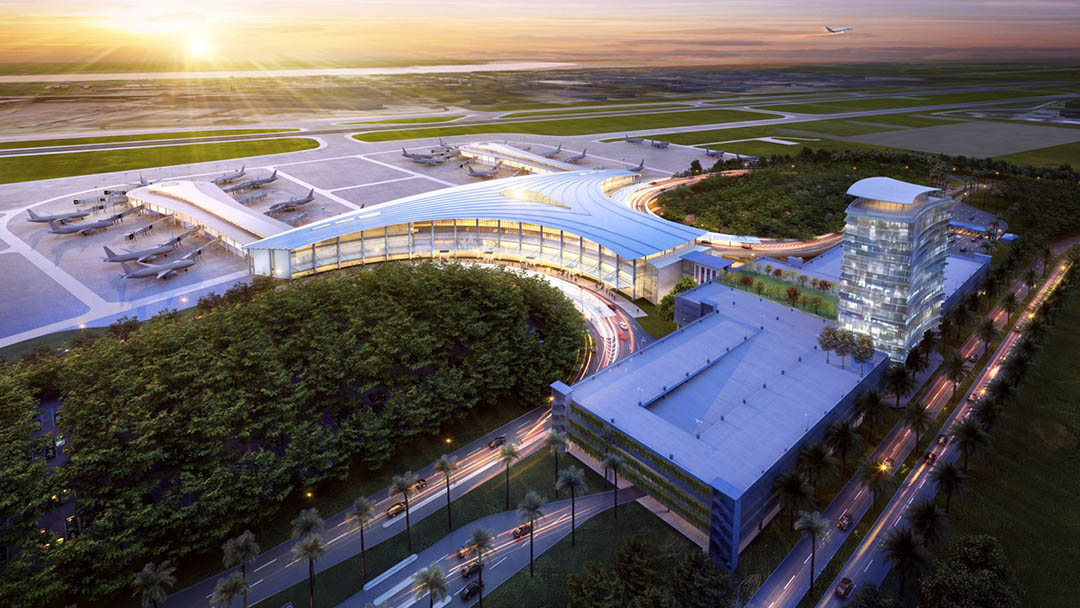Offutt Air Force Base – Air Traffic Control Tower
Offutt Air Force Base – Air Traffic Control Tower
Offutt Air Force Base is the headquarters of the US Strategic Command, and controls the largest wing in Air Combat Command. To update their functionally out-of-date air traffic control tower, they reached out to LEO A DALY for its demolition and new facility design. Using an integrated design approach, the design emphasizes environmental stewardship, efficiency in resources, and development of a safe and productive work environment.
The 11-story, 8,242 SF facility is constructed of sandwich-panel (insulated) precast concrete for durability, ease of construction, and energy efficiency. It includes flight simulator training and front load training, along with mechanical and electrical support in a two-story base building. Training and administrative office space, briefing area, electronic equipment, radar final control, and break room facilities all were elevated within the tower shaft below the control cab. Anti-terrorism and force protection measures included progressive collapse and blast resistance.
Client
US Army Corps of Engineers – Omaha District
At a glance
11 stories
8,242 SF
2-story building
Features
Air traffic control simulator
Anti-terrorism and force protection measures included progressive collapse and blast resistance
Services
Feasibility concepts
Demolition documents
Architectural design
Construction documents
Construction administration

